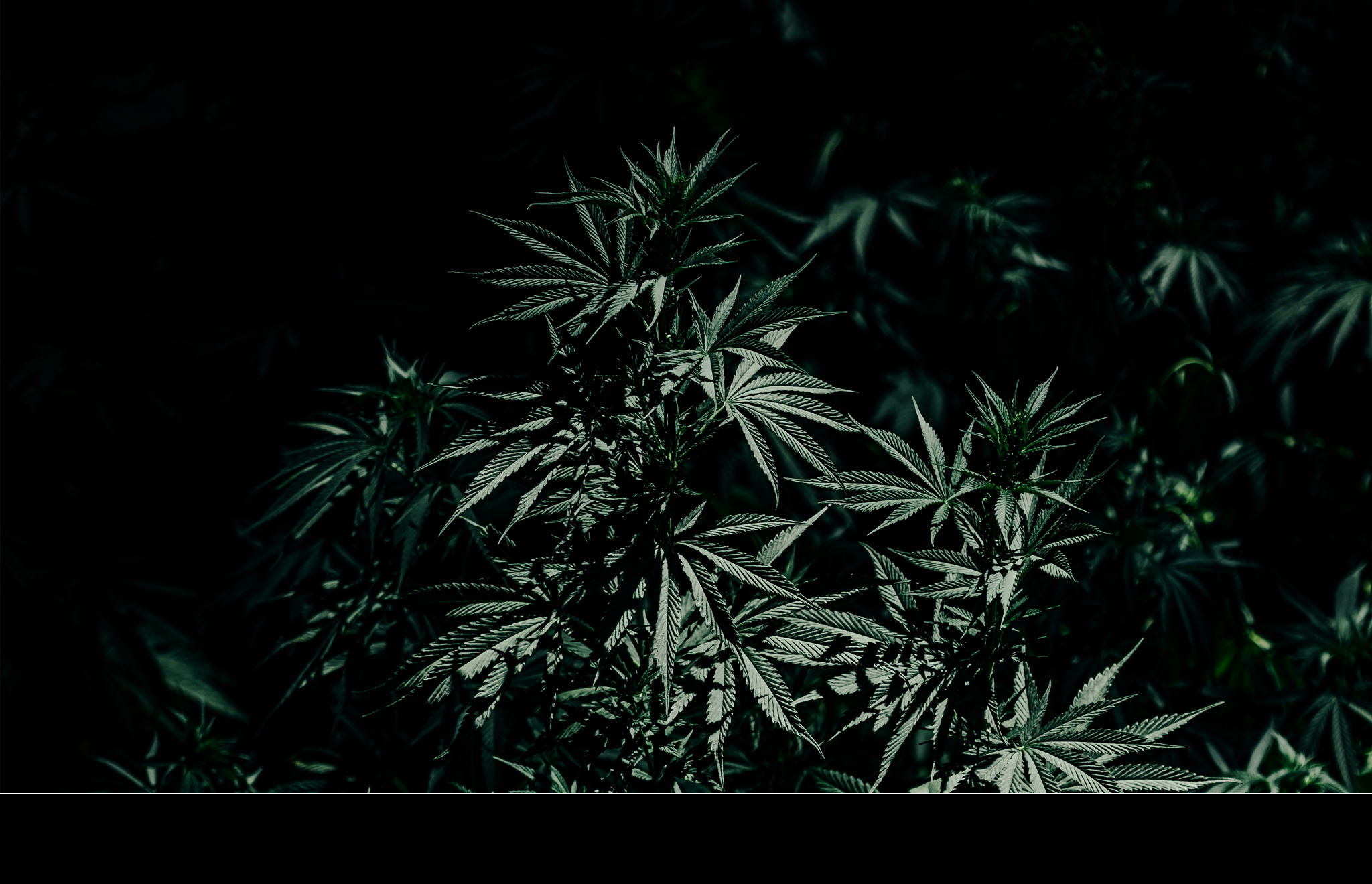The Post-1950s Rise of Illegal Opium in Asia
The Oxford Handbook of Global Drug History
Edited by Paul Gootenberg
Oxford: Oxford University Press
2022
pp. 590-607
Pierre-Arnaud Chouvy
Chargé de recherche au CNRS (Prodig)
CNRS Research Fellow (Prodig)
Abstract:
Opium, the ancient narcotic, has fascinated the West where tastes for the exotic arose alongside British and French colonialism. The mystery of poppy origins is equaled by the opacity of the two largest illegal opium-producing regions that emerged after 1950: the so-called Golden Triangle, in Burma (Myanmar) in mainland Southeast Asia; and Golden Crescent, in Afghanistan, in Southwest Asia. Illegal opium production in these two regions developed as part of the deep historical, geographic, and political complexity that explain their remoteness, lawlessness, and protracted armed conflicts. As a result, scholars of various disciplines have long researched opium production, trade, consumption, and traditions. This chapter examines the causes and dynamics of illegal opium production, including how illegal opium production has benefited from the turmoil of Asian history and geopolitics, from synergies between war economies and drug economies, from underdevelopment and poverty, and from decades of failed often-counterproductive anti-drug policies.
Keywords:
Afghanistan, Asia, Burma, Cold War, geopolitics, Golden Crescent, Golden Triangle, opium, prohibition

